Beyond Practice: The Strategic Advantage of Private Music Lessons
The Competitive Advantage Most Student MusiciansOverlook — and Why It Matters More Than Ever inCollegiate Music Admissions and Scholarships.
Read More
AccoladiFineArtsDirector.com is built for district fine arts leaders who oversee and shape the success of performing arts programs. Here, you'll find resources and tools to help you support your teachers, guide your students, and connect with collegiate recruiters who are eager to discover emerging talent.
While fine arts directors are at the center of this site, we also serve performing arts students and their families, collegiate and summer enrichment recruiters, and teachers. To ensure each group has the right fit, we've created dedicated websites:
Fine Arts Directors: this is your home base. Please continue your registration for your district/school here on AccoladiFineArtsDirector.com.
Everyone else: begin your journey at the site designed for your role.
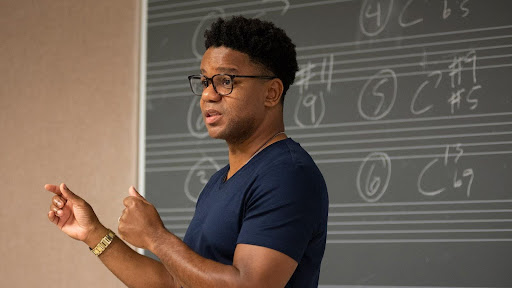
How early college courses can help aspiring musicians conquer theory, build confidence and unlock scholarships before stepping onto campus.
Innovative programs like Dual Enrollment are revolutionizing the high school experience for students across the nation. Under this initiative, students can dive into college-level courses while still attending high school, earning credits that count towards both their secondary education and their future college endeavors. Known by various names like Concurrent Enrollment or Running Start depending on the state, these opportunities pave the way for a smoother transition into higher education. By participating in Dual Enrollment, students not only gain valuable academic experience but also potentially cut down on the costs associated with college tuition. With fewer classes to take upon entering college, the financial burden on students and their families can be significantly alleviated, making higher education more accessible than ever before.
For high schoolers eyeing Dual Enrollment programs, there's a checklist to tick off before diving in. Typically tailored for juniors and seniors, these initiatives usually require students to have already completed a hefty chunk—around 50-60%—of their state's mandatory graduation courses. Plus, there's a GPA threshold to meet: a solid 2.5 or above should do the trick. These prerequisites ensure that participants are academically equipped to tackle the rigors of college-level coursework while still navigating their high school years.
When it comes to college credit courses, there's always a price tag attached per credit hour. But here's the silver lining: in most cases, these Dual Enrollment programs come with state or school district funding, lightening the financial load for participating students. In some states, arrangements may even be made between the student's parents and the educational institution, where tuition reimbursement hinges on the student's academic performance meeting satisfactory standards. This setup not only opens doors to higher education but also ensures that financial concerns don't hinder a student's pursuit of academic excellence.
Dual Enrollment programs offer high school students aspiring to major in music in college significant advantages by providing college-level courses like Music Theory I, Private Studio Lessons, and Music Appreciation, potentially boosting acceptance rates and scholarship prospects.
Historical data paints a clear picture: high schoolers engaged in dual enrollment programs tend to excel when they hit college campuses. First, their overall academic performance gets a boost, with improved study habits translating to better grades both in college and back in high school. Second, they navigate the college environment with ease, having already acclimated to the rigors of higher education during their dual enrollment stint. Third, this experience fosters independence and self-reliance, accelerating their maturity compared to their peers. Notably, these students often find themselves with enhanced prospects, securing spots at their dream colleges and garnering more substantial scholarship considerations. It's a win-win scenario that underscores the undeniable value of dual enrollment initiatives in shaping the next generation of college achievers.
Recognizing the pivotal role of Music Theory I in the collegiate journey of aspiring musicians, a significant number of music majors approach this course with trepidation. With fewer than 3% of American high schools offering AP Music Theory and performance ensemble courses focusing primarily on practical skills, many incoming freshmen find themselves ill-prepared for the demands of Music Theory I at the college level. However, the opportunity to tackle this formidable challenge through dual enrollment presents a game-changing solution, even in an online format. Exposure to the course content and the experience gained in Music Theory I provide invaluable advantages, alleviating the fear factor and laying a solid foundation for success. While not all students may achieve top grades initially, those who persevere and repeat the course in college often find themselves at a significant advantage. This advantage extends further for prospective music majors facing school of music entrance exams that are most often heavily weighted towards music theory—a solid performance in Music Theory I can greatly enhance their acceptance odds and potentially unlock additional scholarship opportunities. In essence, dual enrollment offers a strategic pathway for budding music majors to conquer this specific academic hurdle and eventually thrive in their pursuits as music majors.
Music Appreciation course covers a broad survey of music history and styles, aiming to develop students’ listening skills and understanding of musical elements and contexts. The course will explore various musical eras (Medieval, Renaissance, Baroque, Classical, Romantic, etc.)and genres, examining the evolution of musical forms, styles and media. The course will also include learning objectives related to analysis, making, connectivity, context, and engagement with music.
For aspiring music majors, the path to success often starts with a year or more of private lessons, setting the stage for a fulfilling collegiate experience. These weekly sessions with seasoned instructors play a pivotal role in honing skills and mastering specific instruments or vocal techniques. Opting for private lessons through dual enrollment brings a host of benefits, from cost savings during high school to bolstered audition performances and increased scholarship opportunities. Moreover, engaging in graded studio lessons offers a unique chance to build rapport with professors, helping students gauge compatibility for their collegiate journey. Starting the dual enrollment journey as early as junior year opens doors to working with different instructors, allowing for informed decisions and personalized growth. Whether in-person or virtual, embracing this option provides valuable insights for potential music majors, guiding them towards their optimal collegiate path, whether it leads to a music major or not.
Many states outline core courses as the only courses that a student can engage in as a part of the dual enrollment program. Often Music Appreciation is one of these courses. Seemly, this would seem like a waste of time for a potential music major. Think again: This can be a positive experience for a potential music major. A collegiate music appreciation course centers the majority of its curriculum on music history with some music theory. Most high school music students get little to no exposure to the foundations of music history and considering that 30% of a school of music’s entrance exam draws questions from music history then a grounding of general knowledge can greatly enhance a student’s audition and school of music entrance exam score resulting in greater potential for acceptance and greater possibilities of institutional scholarship funds. Moreover, this is a collegiate elective out of the way. Yes, this is also a strong win for the potential music major.
In many states, dual enrollment programs often restrict students to core courses, including Music Appreciation, which might initially seem irrelevant for potential music majors. However, delving deeper reveals unexpected benefits. A collegiate Music Appreciation course delves strongly into music history and some music theory, areas often overlooked in high school music education. Considering that a significant portion of school of music entrance exams includes music history, this foundational knowledge can significantly boost possible acceptance and scholarship prospects. Furthermore, completing this collegiate elective early streamlines the academic journey for potential music majors. Far from being a wasted opportunity, enrolling in Music Appreciation through dual enrollment emerges as a strategic advantage for aspiring musicians, paving the way for smoother transition into the collegiate music major experience.
In conclusion, dual enrollment offers an array of advantages for potential music majors, shaping their journey towards collegiate success in multifaceted ways. From conquering the challenges of Music Theory I to mastering the intricacies of private lessons and delving into the depths of Music Appreciation, these opportunities not only provide valuable academic foundations but also enhance acceptance rate and increase scholarship prospects. By embracing dual enrollment, aspiring musicians can navigate the transition into collegiate music programs with confidence and preparedness, laying the groundwork for a fulfilling and prosperous academic and artistic future.
.png) ARTICLE GLOSSARY
ARTICLE GLOSSARY
Academic Performance (GPA): How well a student is doing in their courses, often measured by grades or a Grade Point Average (GPA).
AP Music Theory: An Advanced Placement (AP) high school course that covers college-level music theory content, potentially earning students college credit if they pass the AP exam.
Audition: A performance-based test where students demonstrate their vocal or instrumental skills to gain admission into music programs or to qualify for scholarships.
College Tuition: The fee paid to attend classes at a college or university. Dual Enrollment may reduce the overall tuition cost for students once they enter college full-time.
Collegiate Environment: The overall atmosphere and learning context of a college or university, including academic expectations, campus culture, and social life.
Competitiveness: A strong desire to be more successful than others, often seen in contests or auditions.
Composition: The art of creating original music, involving the writing of melodies, harmonies, rhythms, and orchestrations for various ensembles or solo performers.
Concurrent Enrollment / Running Start: Alternate names for Dual Enrollment used in some states, referring to the same concept of taking college courses for dual credit.
Credit Hour: A unit of measure for college coursework. Generally, a three-credit-hour course meets for about three hours per week over a semester.
Dual Enrollment: A program allowing high school students to take college-level courses while still in high school, earning both high school and college credit simultaneously.
Graded Studio Lessons: Private or small-group lessons offered through a college or university, where students receive a grade based on their progress, performances, and assignments.
Higher Education: Education beyond high school, such as college, university, or vocational programs.
Music Appreciation: A college course designed to introduce students to the fundamentals of music history, genres, and some basic theory, often for non-majors or beginners.
Music Education: A field of study focused on teaching music in schools or private settings, covering topics such as pedagogy, curriculum design, and developmental psychology in the context of music learning.
Music Theory I: An introductory college course covering the basics of how music is structured, including notes, scales, chords, and rhythms. This course is crucial for many music majors.
Performance Ensemble: A group of musicians—such as a choir, band, or orchestra—who practice and perform together. Ensemble participation is common in music programs.
Private Lessons: One-on-one instruction focused on developing a student’s technical and musical skills in a specific instrument or voice.
Rigor: The level of difficulty and challenge associated with a course or academic program.
Scholarship: A form of financial aid awarded to students to help pay for education, often based on academic, musical, or other achievements.
Scholarship Prospects: The potential or likelihood of receiving scholarships based on talent, academic achievement, or other criteria.
School of Music Entrance Exam: A test many colleges require for admission into their music programs, typically assessing music theory knowledge, performance ability, and sometimes music history.
Secondary Education: Schooling that includes middle and high school, typically from grades 6 through 12.
State or School District Funding: Financial assistance provided by the state government or local school districts that can help cover or reduce the cost of Dual Enrollment courses.
Tuition Reimbursement: An arrangement where an institution (like a school district or state program) repays or covers part of the tuition cost, usually contingent on a student maintaining certain academic standards.
From ____________________ to ______________________ Music Student’s Parents
Music Teacher’s Name Name of School
I recently discovered an insightful article on Accoladi.com titled “Dual Enrollment: A Prelude to Success for Music Students.” While dual enrollment primarily benefits juniors and seniors by allowing them to earn college credits and gain early exposure to higher education, I want to stress that freshmen and sophomores should start planning now.
By carefully selecting essential classes in 9th and 10th grades—or even stacking some junior-level courses in sophomore year—students can free up space in their schedules for these valuable opportunities later on. That said, I must emphasize that dual enrollment should not come at the expense of our high school music classes or ensemble participation; rather, it should complement our offerings by providing specialized courses like Music Theory I or II, private studio lessons, or Music Appreciation that might not be available at our school.
The Accoladi.com article highlights how dual enrollment helps students become more comfortable with college-level coursework—especially in challenging areas like Music Theory I, which many aspiring music majors initially find daunting.
Additionally, these programs offer benefits such as private lessons and Music Appreciation courses that can broaden a student’s musical horizons, enhance audition performance, and improve scholarship prospects. Meanwhile, continued participation in our ensembles builds the teamwork, leadership, and performance skills that are essential for success both in high school and beyond.
I encourage you to have an open discussion with your child—whether they are a freshman, sophomore, junior, or senior—about how dual enrollment might fit into their overall high school plan.
For underclassmen, this might mean selecting classes that lay a solid academic foundation and allow for later flexibility. Ask questions like:
Thoughtful planning now ensures that, when the time comes, your child can take full advantage of dual enrollment without sacrificing the rich experiences of our school music program.
Dual enrollment offers a fantastic steppingstone by giving students a head start on college coursework and specialized music classes, all while they remain active in our high school ensembles.
I am here to support every student as they navigate these opportunities and make informed decisions that enhance their musical journey. For more details on how dual enrollment can shape your child’s future, I highly encourage you to visit Accoladi.com and read the full article “Dual Enrollment: A Prelude to Success for Music Students.”
Together, we can help ensure our students graduate well-prepared and ready to thrive in collegiate music programs and beyond.
Warmly,
_____________________________________
[Your Name]
Start your college journey with confidence!
Browse our library of helpful articles and directories made just for performing arts students and their families. Whether you're choosing a school, planning campus visits, preparing for auditions, applying for scholarships, or getting ready to submit applications—this is your go-to place for everything college.

.png)
The Competitive Advantage Most Student MusiciansOverlook — and Why It Matters More Than Ever inCollegiate Music Admissions and Scholarships.
Read More
Explore how combining music with another field can open doors to exciting career opportunities.
Read More
Get ahead in your music education journey with strategic dual enrollment opportunities.
Read More.jpg)
Discover proven strategies to build meaningful relationships with college music departments before you apply.
Read More.jpg)
From Baroque to modern, fast to lyrical—contrasting solos reveal a musician's full range in college auditions.
Read More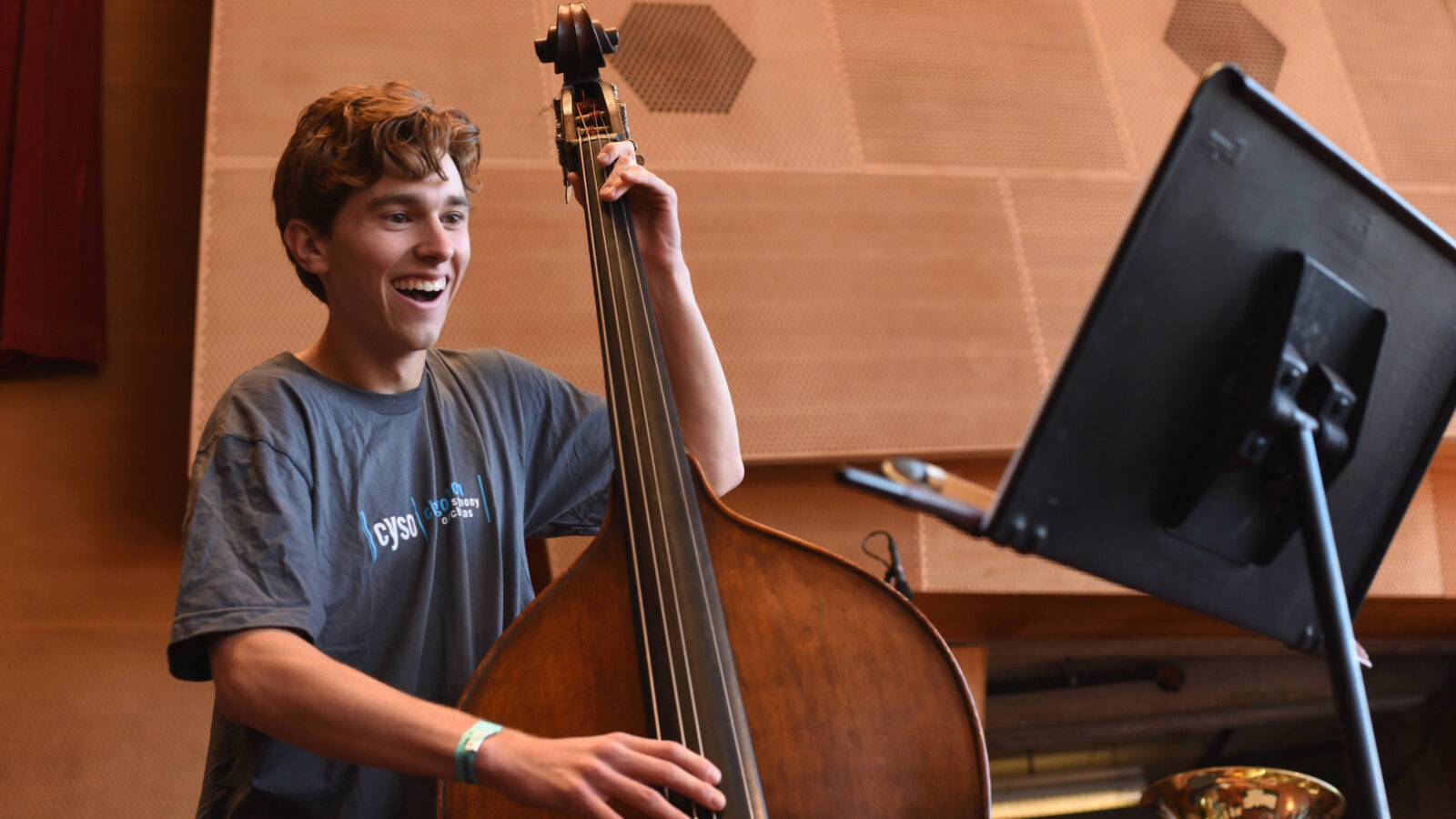
Discover why mastering just a few bars of music can make or break an audition and reveal your potential.
Read More.jpg)
Make a great first impression with proper college visit etiquette and smart questions.
Read More
A comprehensive roadmap to navigate the music school application and audition process successfully.
Read More.png)
Sometimes the smallest gestures-like a simple thank-you -- open the biggest doors. Discover how one note of gratitude changed everything.
Read More
Discover how college fairs tailored for music students can open doors to top programs and help you make meaningful connections before you ever audition.
Read More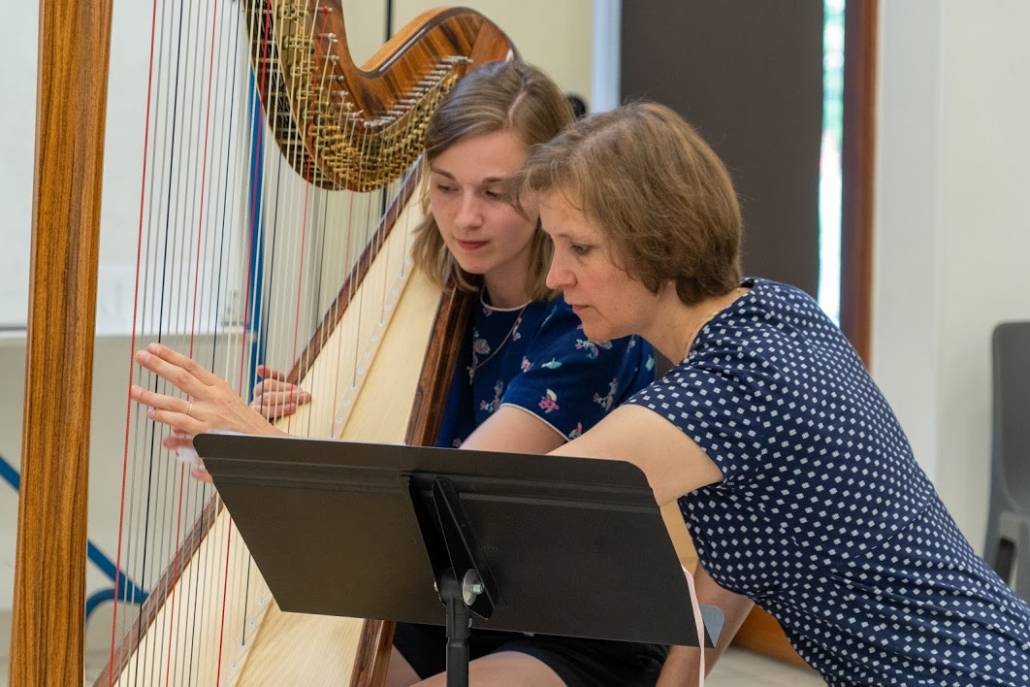
Private music lessons do more than sharpen skills — they unlock opportunity. Discover how one-on-one instruction builds confidence, hones performance, and opens doors to college auditions and scholarships.
Read More
Packed with proven strategies, expert insights, and inspiring real-life stories, it empowers musicians to turn performance anxiety into confident, expressive auditions.
Read More
Discover how marching band can do more than make music—it can open doors to scholarships, leadership roles, and life-changing opportunities.
Read More.jpg)
Where nerves meet opportunity, growth begins. Discover how one powerful experience can elevate your student’s talent—and their college application.
Read More.png)
Professors don't just admit talent—they choose students they won't mind teaching every Tuesday morning before coffee, touring Europe with next spring, and introducing to their colleagues without bracing themselves first.
Read More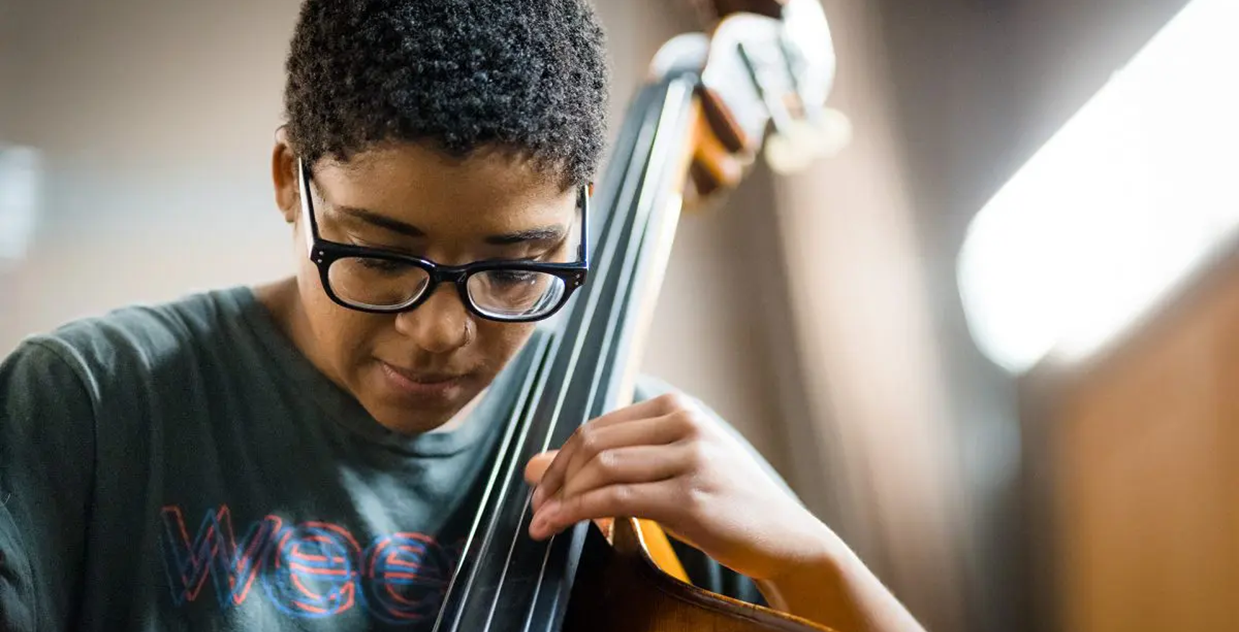
Think a music degree is out of reach because of cost? Think again. Whether you're aiming for college scholarships or exploring grants from arts organizations, this guide helps you uncover the many ways to fund your passion — and shows why applying early and often is the key to making your musical dreams a reality.
Read More
From nerves to notes, this guide helps student musicians face audition day with clarity, confidence, and control.
Read More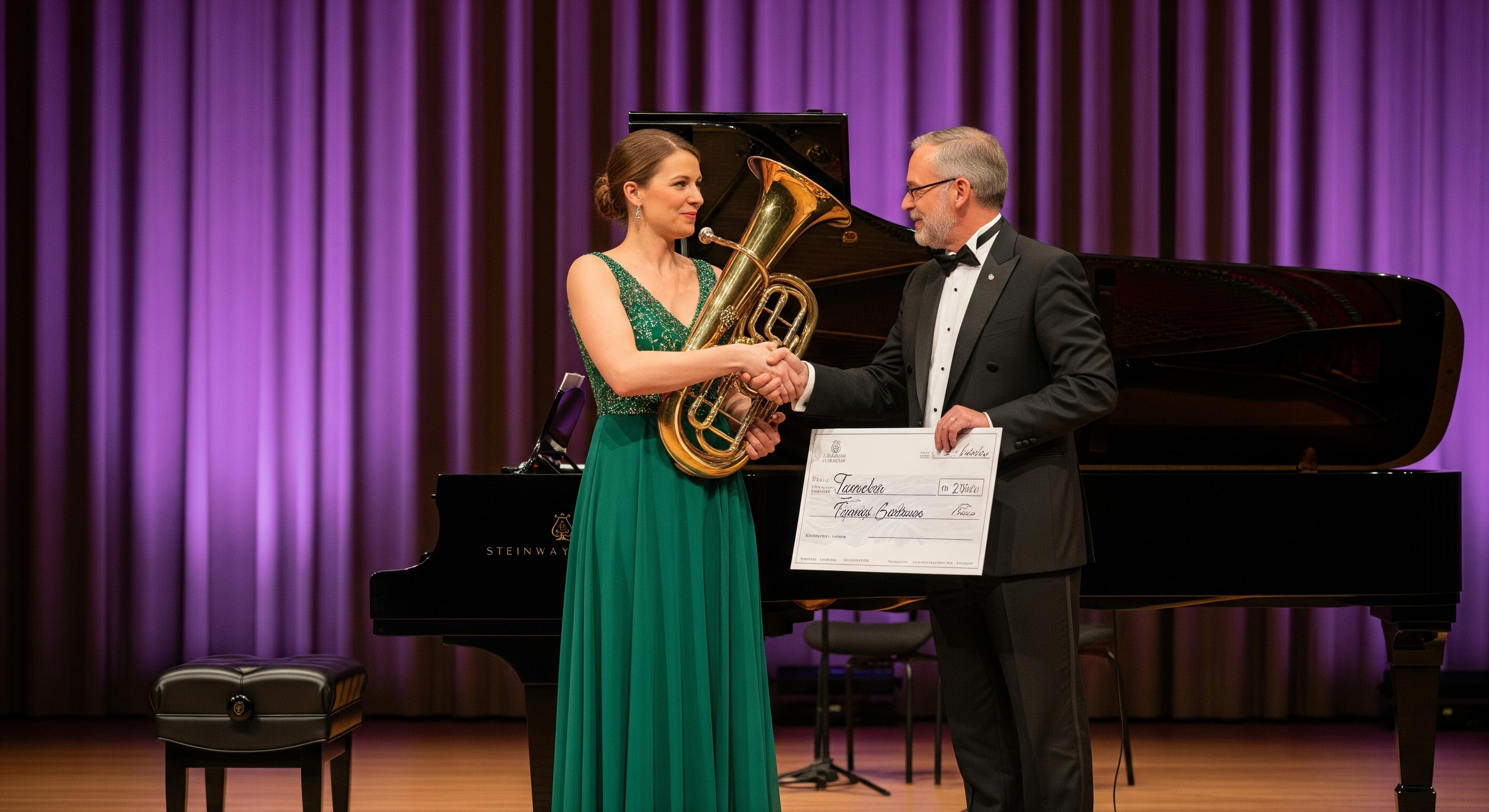
Shedding light on the financial freedom performing arts students deserve—and the billions in performing arts scholarships many never knew existed
Read More
Talent is just the beginning. Learn how the right moves today—owning your child's UTL name, building their brand, and shaping their story—can set your young performing artist on a path to lasting stardom.
Read More
From first solo to final audition—how a carefully curated repertoire list becomes a student’s personal record of growth, readiness, and artistic identity.
Read More
Don't let travel troubles ruin your big audition! This guide has everything you need to ensure you and your instrument arrive.
Read More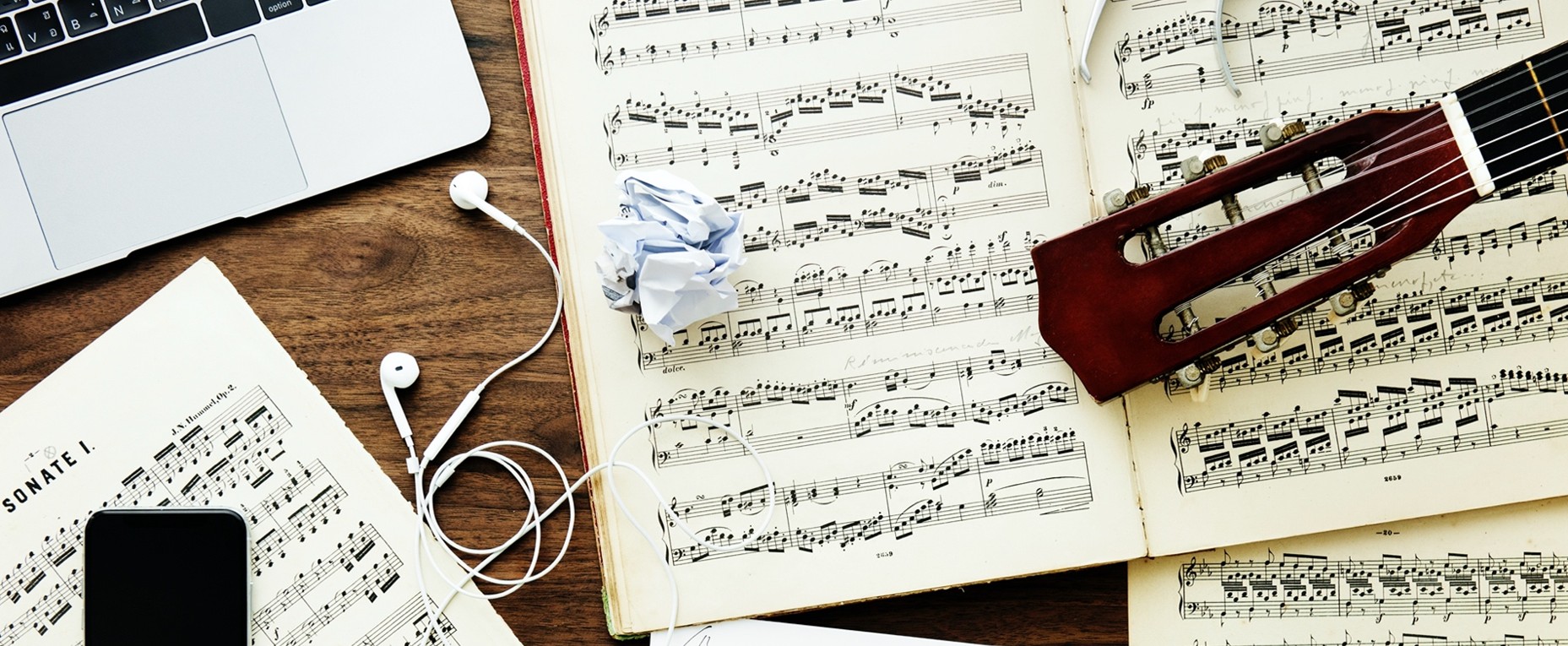
Discover how decoding a composition’s name can elevate your performance, impress adjudicators, and help you stand out from the competition.
Read More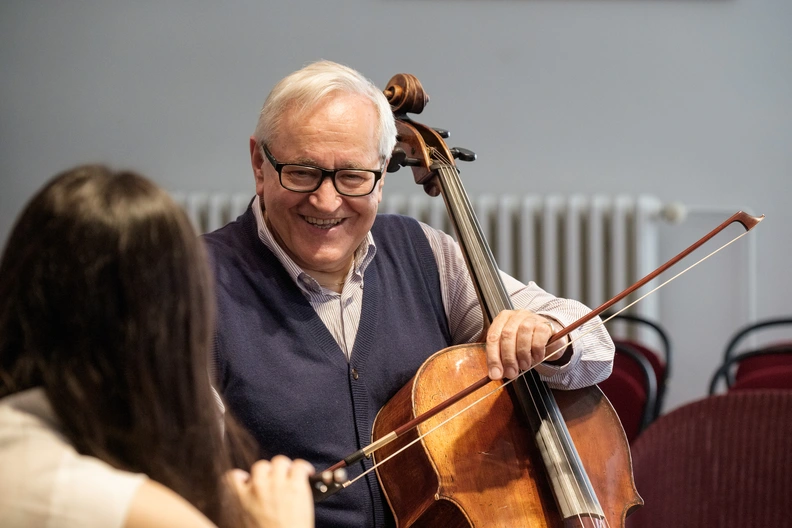
How one meaningful connection with a music teacher can open doors to college, scholarships, and a lifelong mentorship — starting now.
Read More
You don’t need fancy gear to capture talent — just these smart, affordable tips that could turn an audition video into a scholarship-winning performance.
Read More
Discover why a liberal arts education isn’t just about academics—it’s a powerful launchpad for aspiring musicians to thrive in every stage of their careers.
Read More.jpg)
Choosing the right music degree isn't just about a major -- it's about mapping the future of your artistry. Discover the key differences between BM, BA, BFA, and BS programs and find your perfect path.
Read More
From educators, performers, and industry insiders who got tired of hearing “music isn’t a real career” and decided to answer with Broadway box-office receipts, royalty checks, and Grammy paydays.
Read More
Where Purpose Meets Performance: How Service Can Help Pay for Your Music Degree.
Read More
For those navigating the leap from talent to training and tuning both heart and mind to what’s next—this is your guide to finding the path that fits, connects, and inspires.
Read More.jpg)
A month-by-month roadmap designed to help aspiring music majors confidently prepare for college auditions—one scale, solo, and strategy at a time.
Read More.jpg)
Beyond the Name: Finding the Place That Helps You Find Your
Read More.jpg)
Discover the real perks, the hidden costs, and how to tell if coaching is the right
Read More.jpg)
Mastering college applications means mastering deadlines. Success hinges on precision, preparation, and unwavering commitment to each institution’s unique demands.
Read More.jpg)
Because affording your dream school shouldn't be a dream.
Read More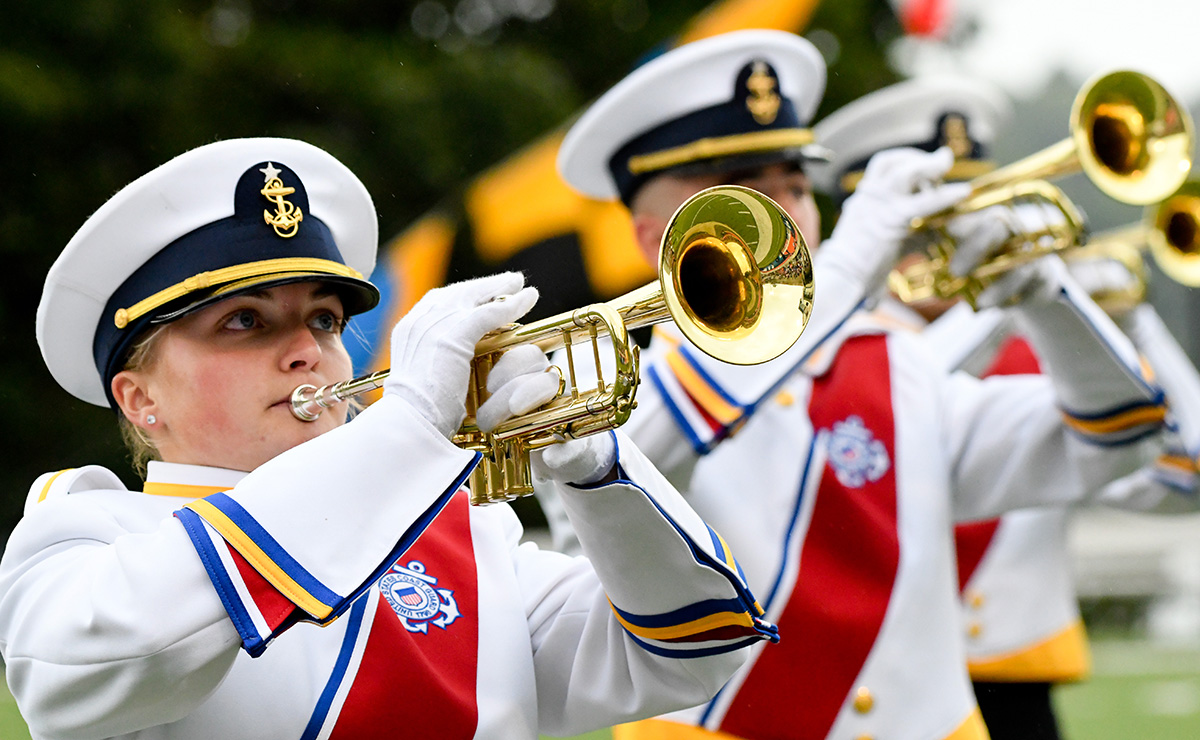
Where passion meets purpose — discover how talented musicians turn their love for music into a professional career serving their country.
Read More.png)
The music industry fuels the U.S. economy, driving schools to recruit creative, business-savvy students. Scholarships now target songwriters.
Read More.png)
How young artists can launch their careers and travel the world — without a college degree.
Read More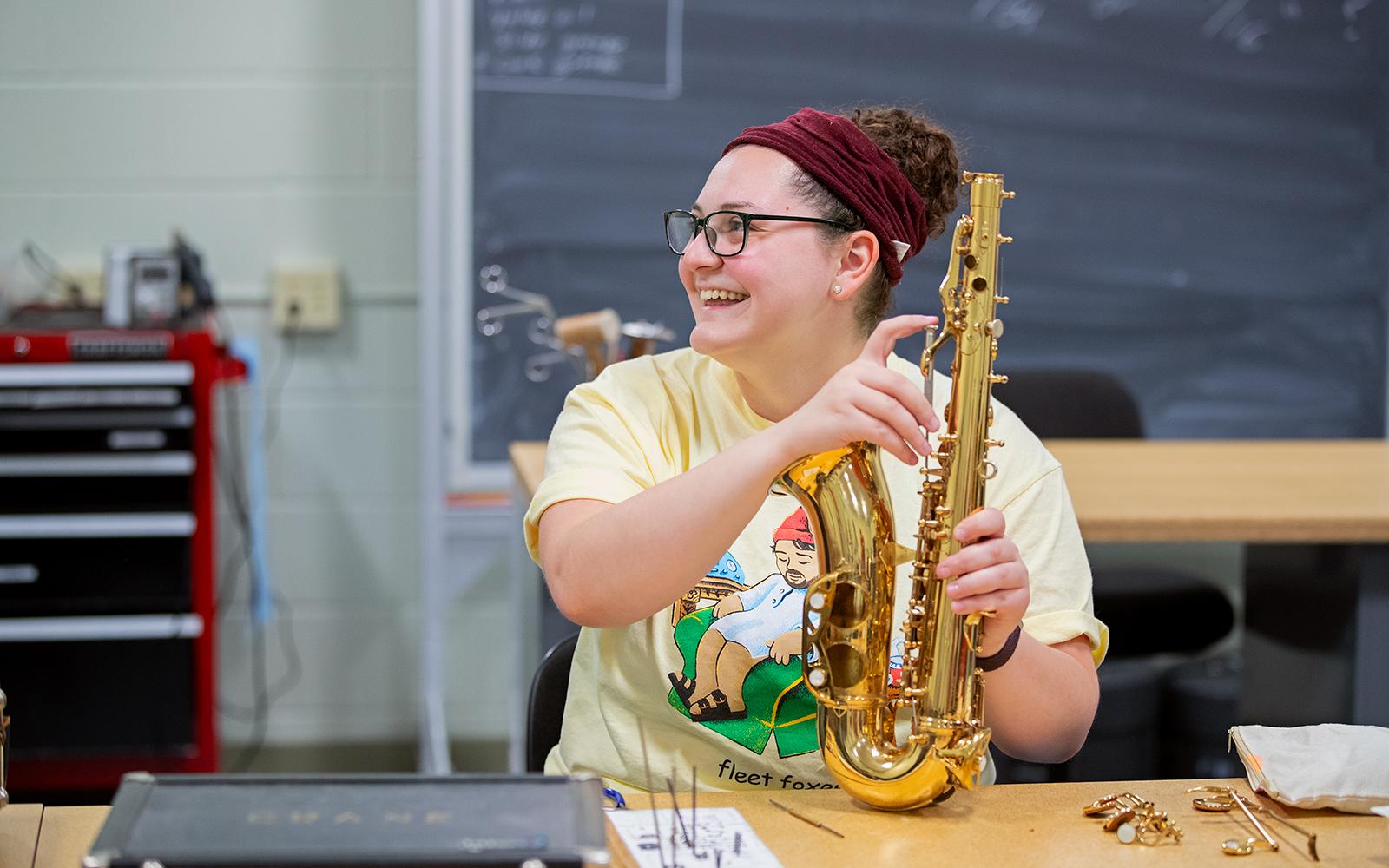
Because your talent deserves more than applause, it deserves a paycheck.
Read More
It’s not about impressing—it's about expressing.
Read MoreThe Accoladi Research Team is constantly tracking trends in performing arts collegiate recruiting, documenting scholarship procurement processes, and uncovering new resources for students and families. From the latest audition requirements to insider tips on securing funding, we’re always expanding our library— so, you can make informed choices with confidence.
